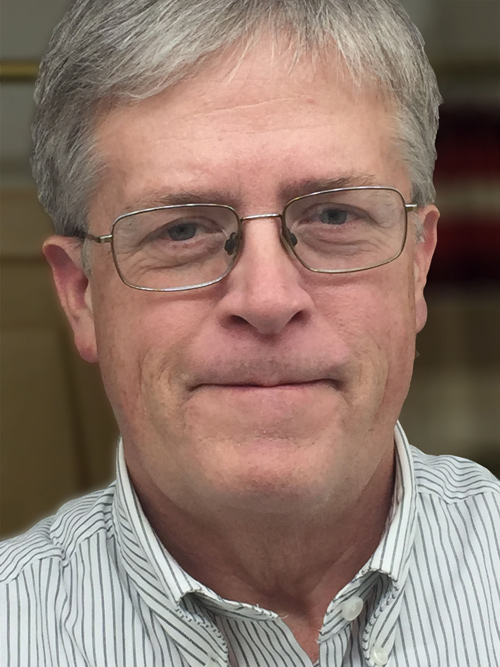Living in a Real-Life Yarkovsky’s World

I was watching the Science Channel the other day. On most occasions I skip past the channel quickly, because I understand relatively little about what they are discussing. I think that’s what is known as The Theory of Relativity.
I was flipping through the channels during commercials, and I had become somewhat disoriented. I thought I was on the Food Channel watching a chef prepare an Irish flummery from fresh raspberries, sugar, a little milk, and a bit of cornstarch.
Instead, the subject was the Yarkovsky effect and its influence on the Belt of Orion. Irish flummery, a delectable dessert, has a similar effect on the belt of John, so confusing the two doesn’t seem so stupid now, does it?
The Yarkovsky effect, it seems, has to do with heating bodies. No, the Russian didn’t invent R-Rated movies. He was an amateur astrophysicist.
Ivan Osipovich Yarkovsky (1844–1902), was a civil engineer, who made the discovery in his spare time. Yarkovsky noticed that the daily heating of a rotating body in space created an impetus that could actually move the body, or change its direction.
In a sense, objects get pushed around by the sun.
These tiny forces of radiation energy, although insignificant in the short-run, lead to large effects on the orbits of bodies in space over time –– lots of time. In theory, the Yarkovsky effect could literally push the Earth out of our solar system.
That doesn’t happen, thank goodness, because the gravitational forces on the Earth are strong enough to keep us put. The Yarkovsky effect is most noticeable on smaller space objects, like space rocks.
An added feature of the Yarkovsky effect is that its action is delayed. Unlike Irish flummery, applying heat to space objects doesn’t result in immediate consequences. Planets, meteors, and asteroids must be bombarded all day by radiation before the effect is noticeable. Heat up an asteroid until noon, and the Yarkovsky effect doesn’t manifest until two o’clock.
In an impressive bit of universal yin and yang, it takes the exact amount of elapsed time for the effect to disappear when an object loses contact with direct sunlight, and cools off.
The result is that the trajectory of these smaller space objects is nearly always unpredictable and chaotic. This is one reason that predicting when the Earth’s next collision with a potential life-ending asteroid is so hard to pin down.
After a while –– usually when Joe Namath appears in the next commercial selling Medicare coverage –– I was ready to return to the Food Channel to see how the dessert turned out.
Surfing through the stations, I landed briefly on the news networks.
Each was recapping –– in their own idiosyncratic way –– the proceedings of the Select Committee to Investigate the January 6th Attack on the United States Capitol. The commentators were doing their best to churn procedural humdrum of daily committee activity into feverish discord.
Their words were biased, often misleading, cloaked in intelligence, and surreptitiously if not blatantly misleading.
“The Yarkovsky effect!” I said to myself.
We are being bombarded with little doses of hate and vitriol twenty-four hours a day. Both sides, under the guise of “in the public interest,” use what in the past we believed was objective news to stoke the passions of their respective acolytes.
If you listened closely, there were only a few words of genuine information buried in an hour of political propaganda.
The problem is that tiny words have super powers. They are capable of pushing us around. Words can move entire worlds. The worry is that we don’t realize how far they move us until it is often too late.
Yes, we want to know what happened January 6, 2022. We should know. But unless the answers are presented in a way that leads us away from rancor and closer to reconciliation, we will be left with nothing but flummery.
John O. Marlowe is an award-winning columnist for Sagamore News Media.
